Canadian Eskimo Dog
The Thule people bred the Canadian Eskimo Dog approximately 4.000 years ago. These dogs were never kept as pets or thought of as such. They were a survival tool used by ancient people to pull heavy loads in snow. These dogs were even used for hunting prey, such as seals and the mighty polar bear.
The Canadian Eskimo Dog, like many other Nordic sled dogs, is not for everyone. It is a hard-working, active dog breed used for hard work. It is not a breed that will obey your every command, and if you are looking for a family pet, you should reconsider your choice of this breed.
However, if you’re looking for a hard-working dog, this breed might be just what you’re looking for.

Height:
20-27 in (50-70 cm)

Weight:
40-88 lb (18-40 kg)

Origin:
Canada

Life Expectancy:
10-15 years
Dog Breed Characteristics
The Canadian Eskimo Dog has been bred in isolation for centuries but retains the characteristics of other Spitz family members. To fulfill its traditional role, it has a strong neck to which a harness can be attached, as well as a very broad chest that can accommodate the hours-long lung-busting effort required to pull two to three times the dog's own weight over snow and ice.
As previously stated, it has been mistaken for a tame wolf in the past, owing to the appearance of its large, wedge-shaped head with its broad muzzle, strong jaws, widely spaced brown or yellow eyes, and thick triangular ears that are always erect and forward-facing.
The heavy musculature around the shoulders, which is mirrored in the upper hindlimbs, exaggerates the width of the chest. The back and loin are also broad and robust, and the lower limbs are well-boned. The curled, densely-haired Spitz tail is set high and carried over the back.
However, female Canadian Eskimo Dogs are unusual in that their tails are sometimes carried down.
Coat type
Canadian Eskimo Dogs have a dense double coat with stiff outer hairs and an impenetrable layer of softer hairs lying as a solid mass over the skin to protect them from sub-zero temperatures and freezing gales.
Males have longer hair than females, especially around the neck and shoulders, where the coat forms a mane.
Coat colors
This breed standard allows nearly all coat colors. However, the most common colors of the Canadian Eskimo Dog’s coat are:
- all white
- white body with a small amount of red, buff, grey, or black around the ears and eyes
- red and white
- buff and white
- cinnamon and white
- black and white
- red body white on chest and legs
- sable, black or dark grey body with white on chest and legs
- silver grey
Grooming and care
To prevent tartar buildup and infections, owners should brush their teeth at least three times per week. Use only products designed specifically for dogs, as human products may be harmful to them. If they don't wear their nails down naturally, trim them.
Examine their ears for signs of redness or infection. Never put anything in their ear canal except a cotton cloth. You can always consult your veterinarian about the products to use and the proper technique.
Shedding
These dogs shed a lot, so they must be brushed on a weekly basis all year. These dogs will blow their entire coat during shedding season – twice a year – and daily brushing is required to keep this dog looking good and the amount of loose hair under control.
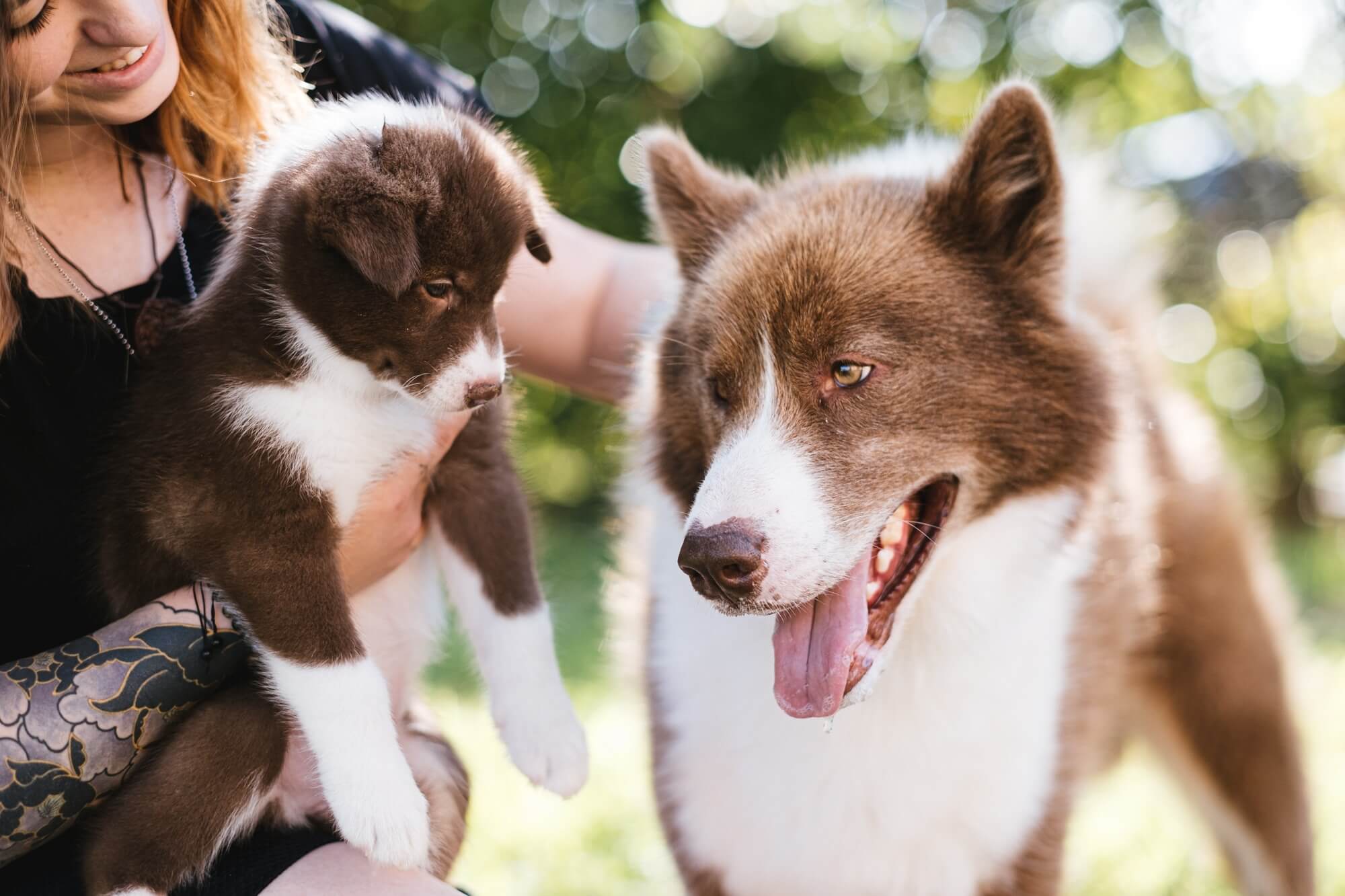
Temperament
The temperament of the Canadian Eskimo Dog is that of a working Nordic breed. If you want to get one of these dogs, keep in mind that it was primarily bred as a working breed. They are incredibly energetic, and if they do not have an outlet for their energy, they will become destructive and develop behavioral problems.
The Canadian Eskimo Dog is sometimes kept as a family pet and companion. These dogs have the potential to be wonderful pets if they are cared for properly and their physical needs are met. They are best suited for outdoor living and should not be kept cooped up in an apartment.
They can form strong bonds with their owners and their families. Remember that the Canadian Eskimo Dog has a high prey drive and should not be trusted around other pets or even smaller dogs.
Training
In contrast to other primitive breeds, training the Canadian Eskimo Dog can be quite successful and rewarding. They are more submissive by nature than other Nordic breeds and can learn to obey commands quickly. They appreciate having a clear leader so that training can be reasonably easy.
Be firm but fair, and establish a clear set of rules for your dog to follow at all times. Keep consistency in mind at all times.
Socialization
If you are considering getting one of these dogs, socialization should be high on your priority list. They are naturally suspicious of strangers and have a strong prey drive. That means you should introduce your Canadian Eskimo Dog to various people, dogs, and other pets as soon as possible, so your dog can learn social rules and be on their best behavior.
Because of their high prey drive, they may never get along with other small pets in the house.
Exercise needs
The Canadian Eskimo Dog is a very active and energetic breed. Because they were bred to work all day, these dogs require a lot of daily exercise. To be happy, these dogs need an active lifestyle. They enjoy being outside and participating in activities such as running, chasing balls, playing, jumping, and jogging.
If you are considering getting a Canadian Eskimo Dog, ensure that you have enough free time and energy to spend outside playing and training your pet.
Health
The Canadian Eskimo Dog is generally considered a healthy breed. Still, like any other dog breed, they are prone to some health issues and concerns. These dogs have a life expectancy of 10 - 15 years.
When getting a dog of any breed, the breeder should show you the health tests that have been performed on their breeding dogs. Dogs must be thoroughly tested because simply hoping that the puppy's parents are healthy is a risk no one should ever take.
Only healthy dogs should be bred. This is the only way to ensure that bloodlines remain healthy and free of inherited health problems.
The following are the health issues associated with this breed:
Breeders
If you think this breed is a good fit for you and/or your family, look for a registered and reputable Canadian Eskimo Dog breeder who can provide you with a great dog that is both physically and mentally healthy. Request that the breeder shows you the health certificates of their breeding dogs. You should see what the puppy's parents look like.
Purchasing a dog from a responsible breeder will cost you more money, but you should be assured you’ll receive a healthy puppy. Begin training and socialization as soon as you bring your new puppy home. As a result, you will have a well-mannered dog in whom you can put your trust. Give him enough exercise on a daily basis to keep them happy.
The Canadian Eskimo Dog is still a rare dog breed, especially outside Canada. If you want one of these dogs, be prepared to be put on a waiting list.
If you're not sure if this is the right breed for you, check out this FREE GUIDE to help you decide which dog breed is best for you.
Dog on photos owned by Allevamento Rosin
World Dog Finder team

Updated at07.09.2023.
Breed History
Given the similarities in appearance, Charles Darwin and many of the early Old World explorers of North America thought the Canadian Eskimo dog was closely related to the wolf. However, DNA studies show that this breed was first domesticated several thousand years ago, indicating that it is very far from their wild ancestors.
Similar evidence suggests that the Canadian Eskimo Dog and the Greenland Dog are the same breeds, which is reflected in the removal of the Canadian Eskimo Dog from some of the American breed registries.
Though it is now a rare breed, the Canadian Inuits could not have survived their Arctic environment without these dogs, which first arrived in the region from Asia around 1000 years ago with the migration of the Thule people.
These dogs, regarded by the Inuit as tools provided for their survival rather than members of the animal kingdom, were essential for transportation across the frozen landscape. These dogs were enthusiastic hunters of seals and polar bears. In an emergency, the dogs themselves could be used as a food source.
The combination of power and stamina is the Canadian Eskimo Dog's greatest asset in sledding. They are not built for speed. As a result, the breed fell out of favor during the nineteenth and twentieth centuries. The Siberian Husky and Alaskan Malamute were used as faster alternatives.
This breed took another hit in the 1950s and 1960s, with the introduction of the snowmobile coinciding with a bizarre campaign by the Royal Canadian Mounted Police, in which they killed thousands of dogs under the guise of preventing the spread of infectious disease.
As a result, the breed was on the verge of extinction by the early 1970s, when the Canadian Eskimo Dog Research Foundation was founded. The EDRF, led by a controversial figure who has made headlines on several occasions for illegally feeding polar bears to discourage them from eating his dogs, still owns roughly one-third of all Canadian Eskimo Dogs alive today.
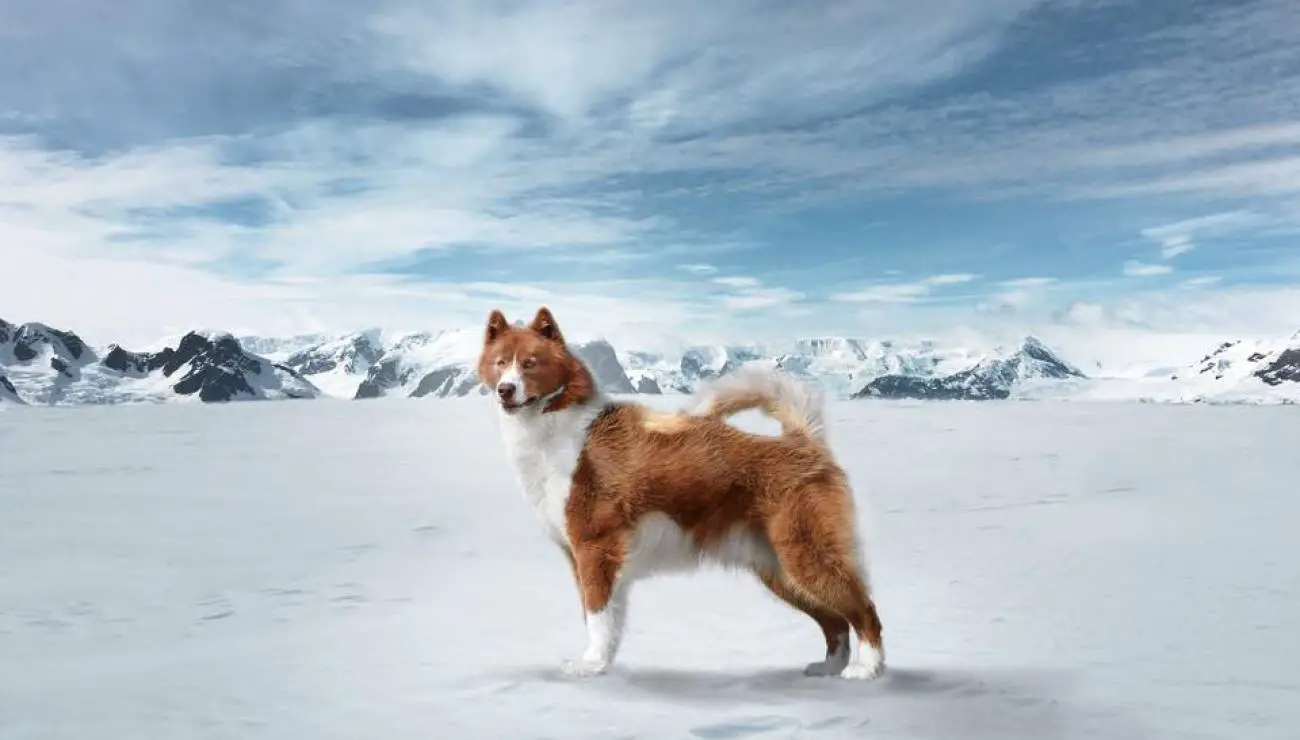
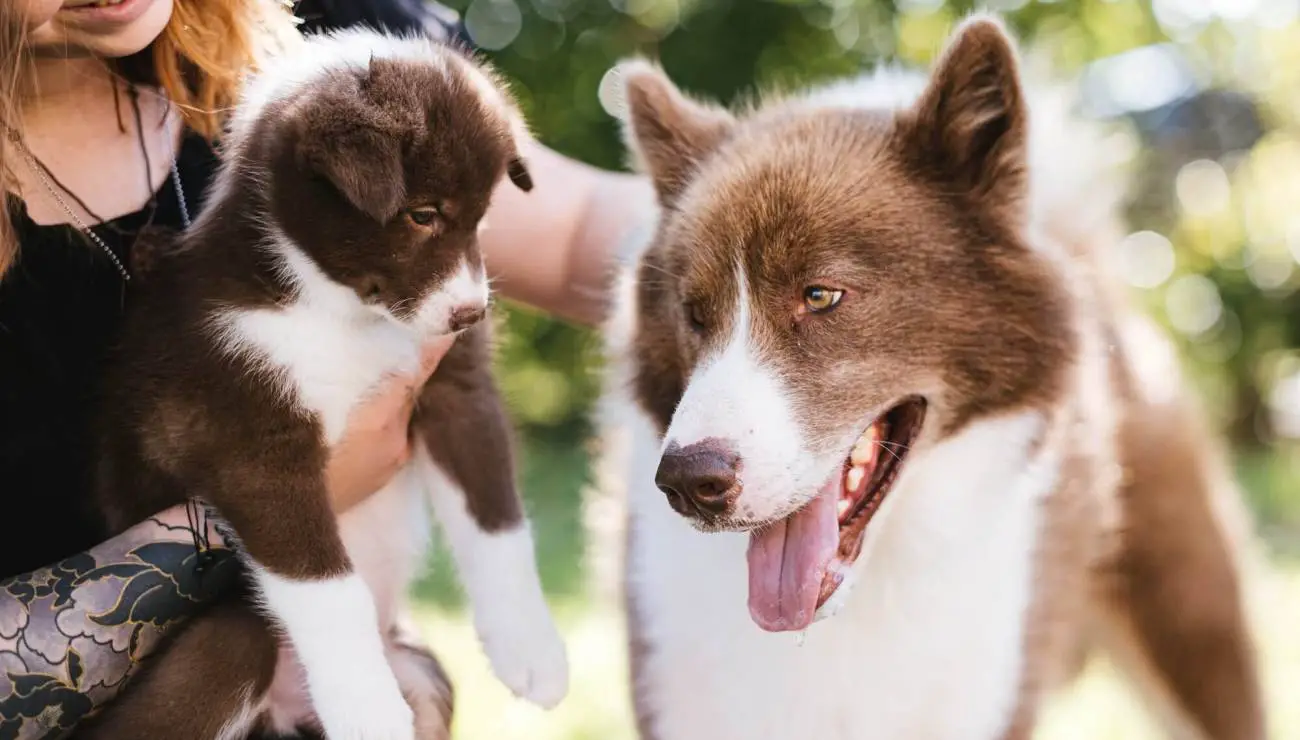
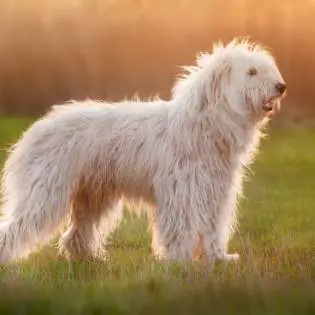

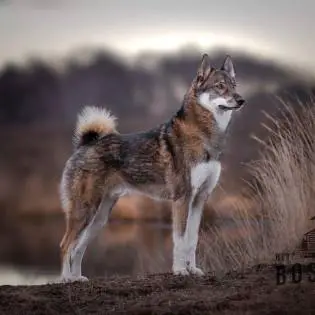
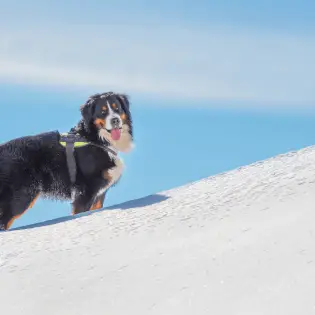

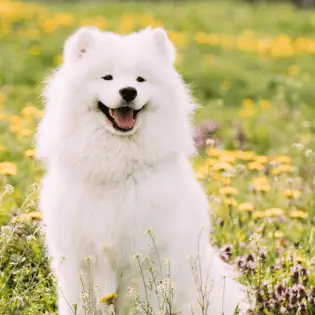

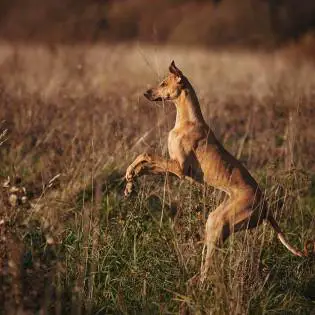


Share